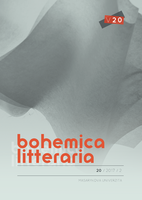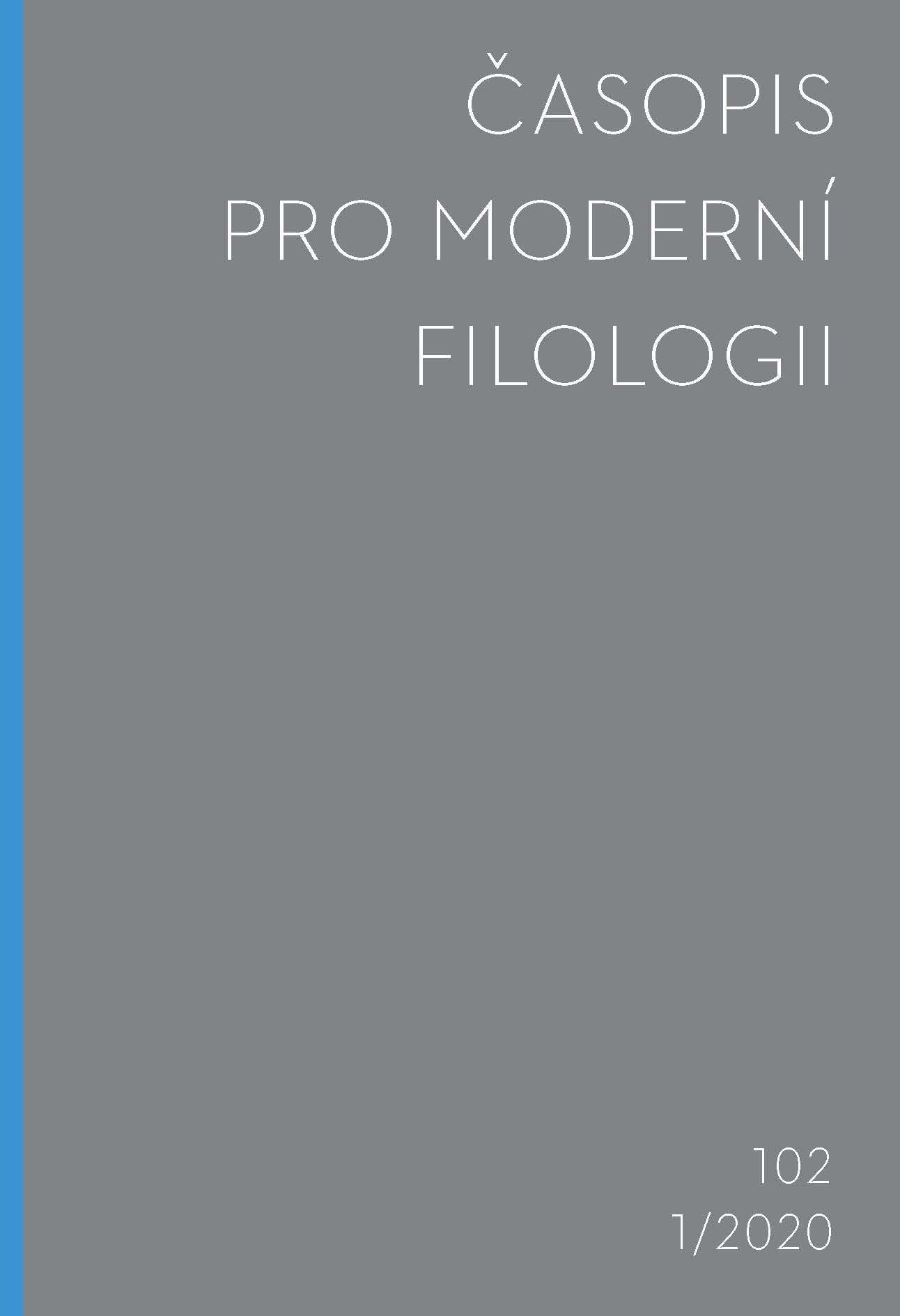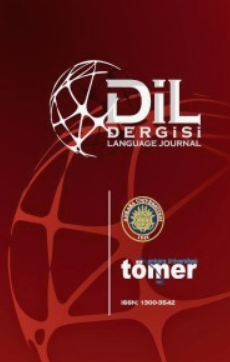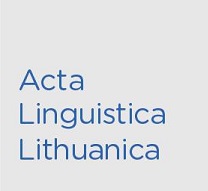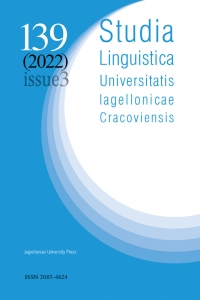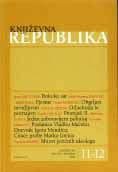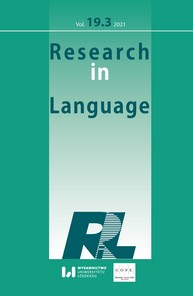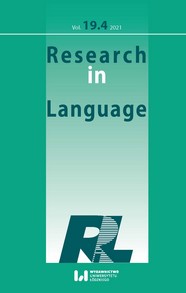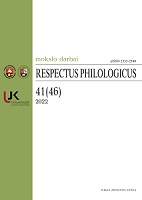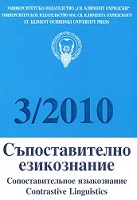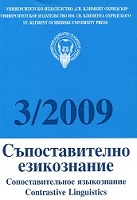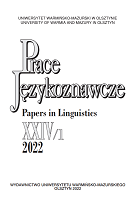Author(s): Filip De Decker / Language(s): English
Issue: 3/2022
In epic Greek both the optative and the indicative (the so-called “modal indicative”) can be used in contexts where the degree of realization is uncertain or even impossible, while in Attic Greek only the indicative is used. In these two articles I discuss whether there is a difference between the optative and the modal indicative in these contexts and/or if it can be determined which was the original mood. As there are about 1500 optatives and 250 modal indicatives in Homer, it is not possible to discuss them all and, therefore, I focus on the passages in which aorist forms of γιγνώσκω, βάλλω and of ἴδον appear, and those conditional constructions in the Odyssey in which the postposed conditional clause is introduced by εἰ μή with either a “modal” indicative or optative. The corpus comprises 100 forms (80 optatives and 20 indicatives), but in each example I also address the other modal indicatives and optatives in the passages, which adds another 50 forms to the corpus. In this part (part 1) I address the optative. First, I provide an overview of the research on the optative in Homeric Greek, discuss the different suggestions for the co-existence of the optative and indicative in these uncertain and/or unreal contexts, explanations which can be summarized into two categories, those assuming that the indicative replaced the optative and those arguing that both moods were original, but had different meanings. Then I explain why this corpus was chosen, prior to the analysis that focuses on two elements, namely the temporal reference (does the mood refer to the past or not) and the degree of possibility (is the action described likely, possible, remotely possible or unlikely/impossible). Initially I consider the optatives with a past reference, then the optatives that could be interpreted as remotely possible or unlikely/impossible (“irrealis” in the terminology of Classical Philology) and conclude by discussing two passages that have been reused in the epics in different contexts with different protagonists and, consequently, with different modal meanings for the same forms. The conclusion of the first part of the article is that the optative was at the most unreal extreme of the irrealis-continuum and could initially refer to the present and future, as well as the past, but that the instances in which there was an exclusive past reference were (very) rare.
More...

